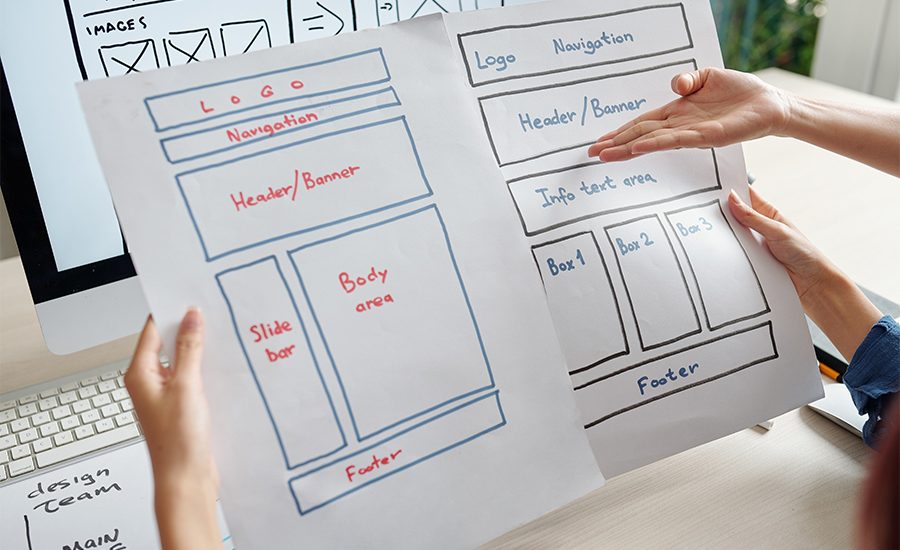Your website is more than an online brochure in today’s digital-first world, it serves as your brand’s virtual beating heart. If you want to build one that not only looks fantastic but drives results, the key is creating a brand-first site, one which blends strategic branding with user experience to convert visitors into loyal customers.
Start With Strategy, Not Aesthetics
Too often, businesses rush straight into colors, layouts, and fonts without first considering what clarity means; what is your brand message, who are your target customers and what actions do you hope they take after visiting the website.
Branding agencies can make all the difference here. They’ll assist in defining your brand’s voice, tone, and positioning before any design elements hit the screen – providing a strong foundation to ensure that your website reflects your visual brand identity – meaning logos, colors and imagery that consistently represent your brand across platforms.

Good UX Design Is Non-Negotiable
Let’s discuss UX design. UX (user experience) is the engine behind any website’s usability; visitors should be able to easily navigate your site, find what they’re searching for quickly without too much thinking and complete actions such as signing up or making purchases without encountering frustration or inconvenience.
Brand-first sites don’t just look good – they also work wonderfully. User experience (UX) plays an essential part in turning visitors into customers and increasing conversion.

Imagine this: branding won’t help if your contact form doesn’t load or your navigation is unclear.
Consistency Is Key
- People will return to a site that feels integrated, trustworthy and familiar – therefore maintaining a uniform visual brand identity across your site is of utmost importance.
- Every element on your site should reflect your brand – name, tone of voice, colors and personality – which builds trust – a key factor for website conversion.
- Let’s also not overlook mobile responsiveness either; any brand-first website must look and function equally well on smartphones as on desktop computers.
Design Engages, Content Converts
Utilize your brand voice to tell a compelling narrative to your target audience. Speak directly to their issues and demonstrate how you can provide solutions; whether that means using bold headlines, concise call-to-action buttons or emotive “About” sections as avenues for delivery; each word used must reflect upon and reinforce your company values.
Notably, designing a website that converts is more than pixels – it requires both content and design working together to build emotional connections that propel users toward action.
Establish Trust Through Social Proof
Nothing builds credibility like proof. Testimonials, reviews, client logos and case studies are powerful ways of showing potential customers that others have trusted your brand — and experienced its benefits first-hand.
Integrate trust-building content seamlessly into your design. Include testimonials as part of your homepage design or create a special page to demonstrate your expertise – this can help turn visitors into customers in competitive industries more easily.
Convert without Being Pushy
An inviting website doesn’t beg; it invites.
Substituting thoughtful CTAs (calls-to-action), user-friendly forms, and personalized offers for conversion can make the site more efficient without overloading visitors with ads and buttons.
Test different landing pages, headlines, and layouts to see what resonates most with customers. A/B testing can be your friend here; even small tweaks can make a significant impact over time.
Think Long-Term
Building a brand-first website shouldn’t be seen as an endgame – rather, its evolution should mirror your company. Therefore, regularly review performance, collect feedback, and be open to adjusting as necessary.
If you’re struggling, seek help from a branding agency that understands both design and business. Their experts will assist in developing an adaptable platform that will grow alongside your goals.
Final Thoughts
It takes purpose to stand out in a crowded digital world, not just striking images or catchy phrases. A brand-first website featuring UX design, strategic branding, and consistent storytelling is the secret to converting visitors into customers.
So, when thinking about how to design a website, start with your brand – and let everything else follow suit from there.



